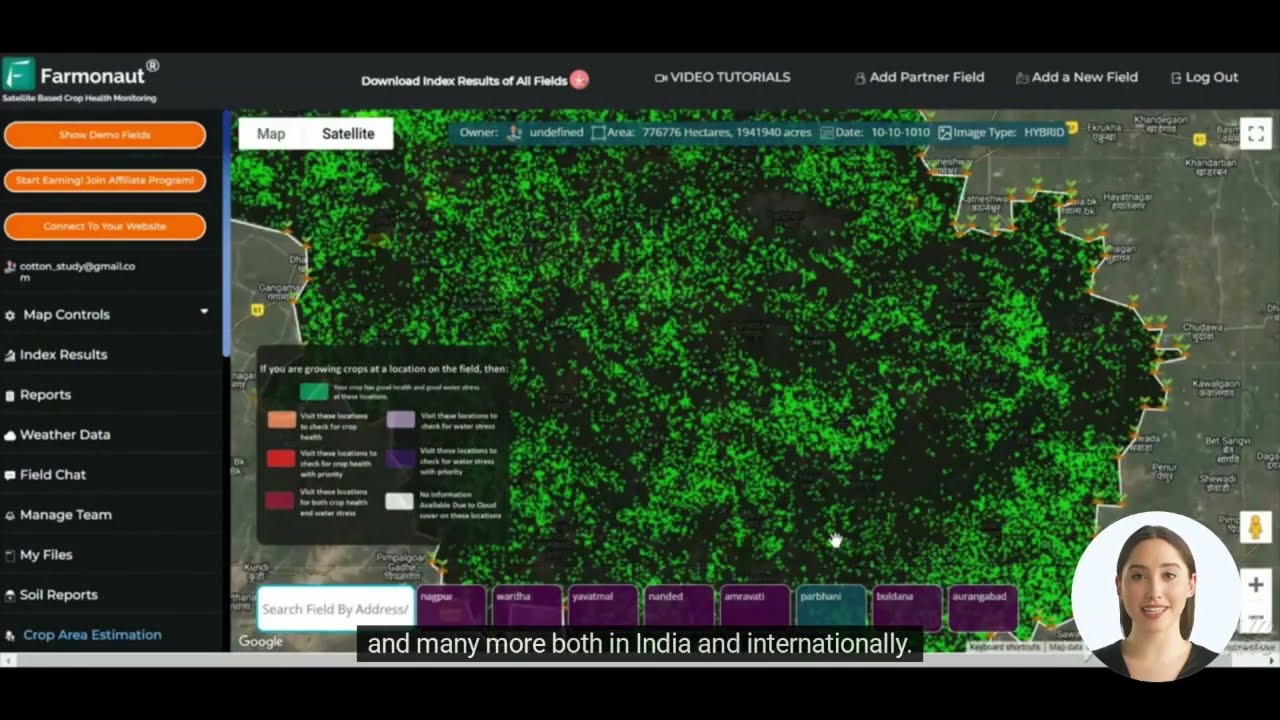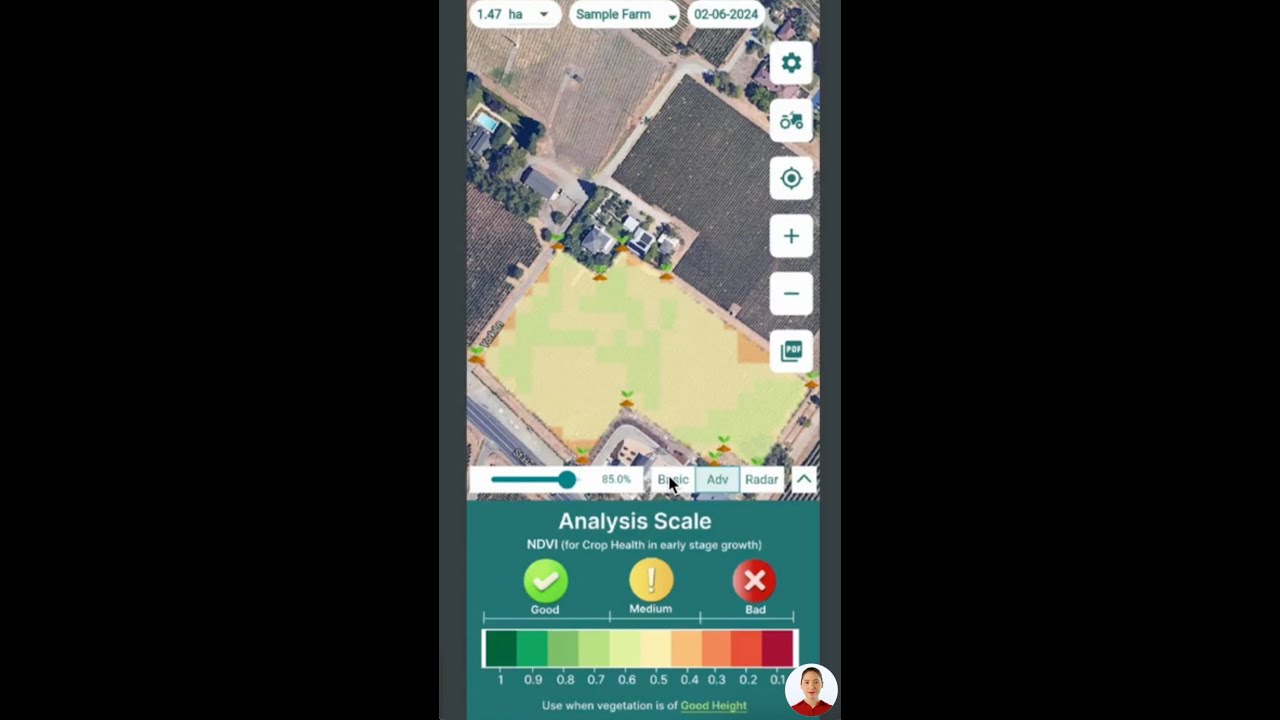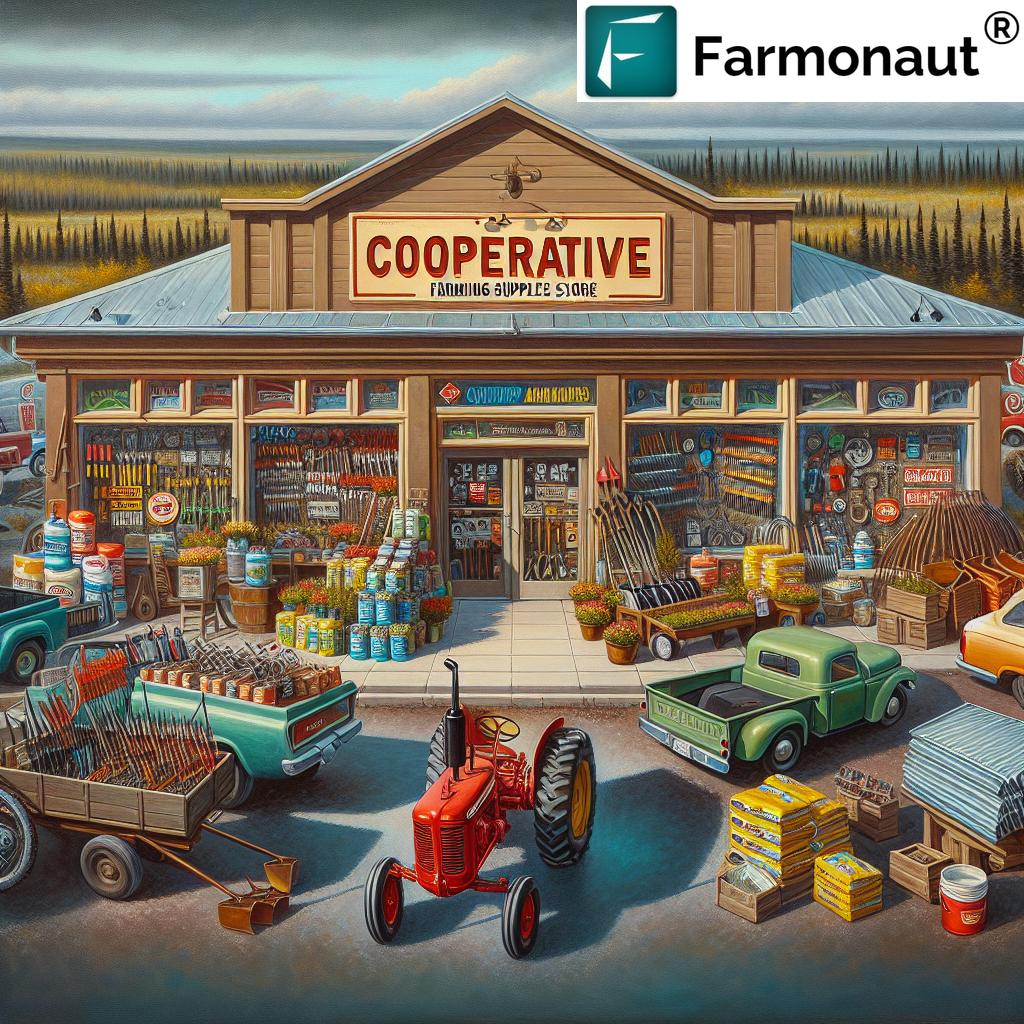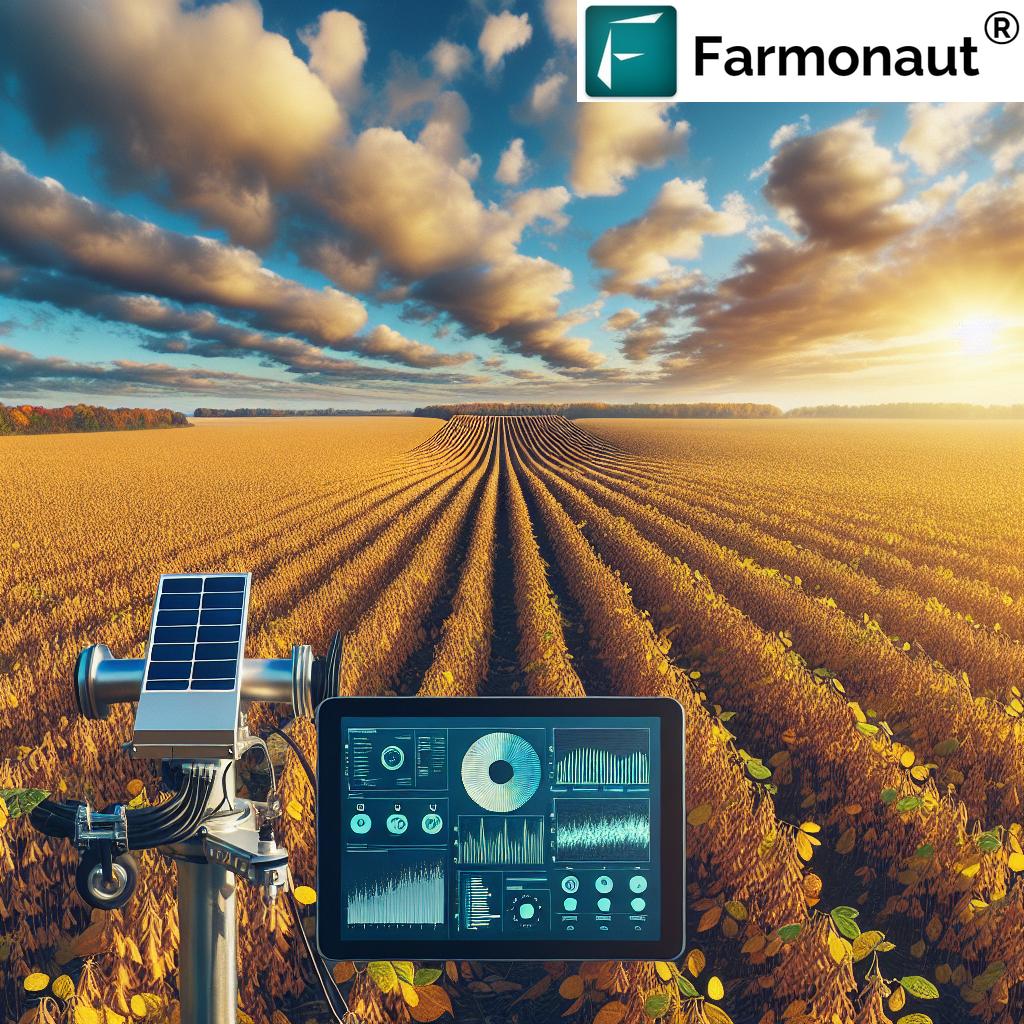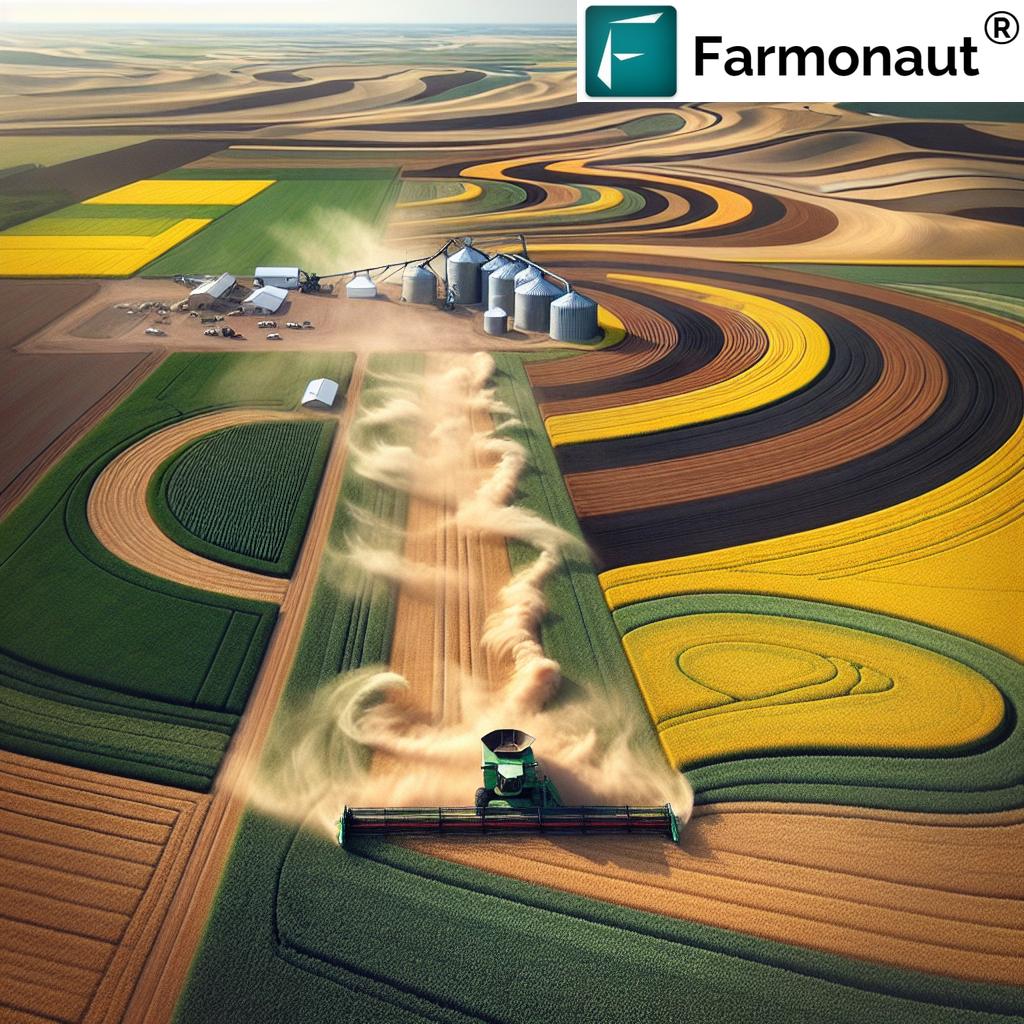Ontario Crop Report: Precision Agriculture Solutions for Optimal Yields Amid Spring Challenges
“Ontario farmers face challenges across 6+ crop types, including soybeans, corn, dry beans, cereals, canola, and forage.”
As we delve into the latest Ontario crop report, we find ourselves at the forefront of a dynamic agricultural landscape. The spring season has brought forth a myriad of challenges for farmers across the province, necessitating innovative approaches and precision agriculture solutions to ensure optimal yields. In this comprehensive analysis, we’ll explore the intricate web of crop management techniques, soil nitrogen testing, and adaptive strategies that Ontario’s agricultural community is employing to navigate these complexities.
The Current State of Ontario’s Fields
Ontario’s fields are a tapestry of diverse crops, each facing unique challenges as the growing season progresses. From the vast expanses of soybean and corn to the specialized plots of dry beans and winter cereals, farmers are grappling with a range of issues that demand tailored solutions. Let’s break down the situation crop by crop:
- Soybeans: Emergence issues and replanting strategies take center stage
- Corn: Varying growth stages and critical nitrogen management decisions
- Dry Beans: Combating root rot and addressing herbicide injury concerns
- Cereals: Winter varieties showing promise, with potential nutrient deficiencies to monitor
- Canola: Facing increased pest pressures, requiring vigilant management
- Forage: Focus on optimizing quality as hay harvesting begins
In light of these challenges, precision agriculture solutions have become indispensable tools for Ontario farmers. By leveraging cutting-edge technology, such as satellite-based crop monitoring and AI-driven advisory systems, producers can make more informed decisions and implement targeted interventions.
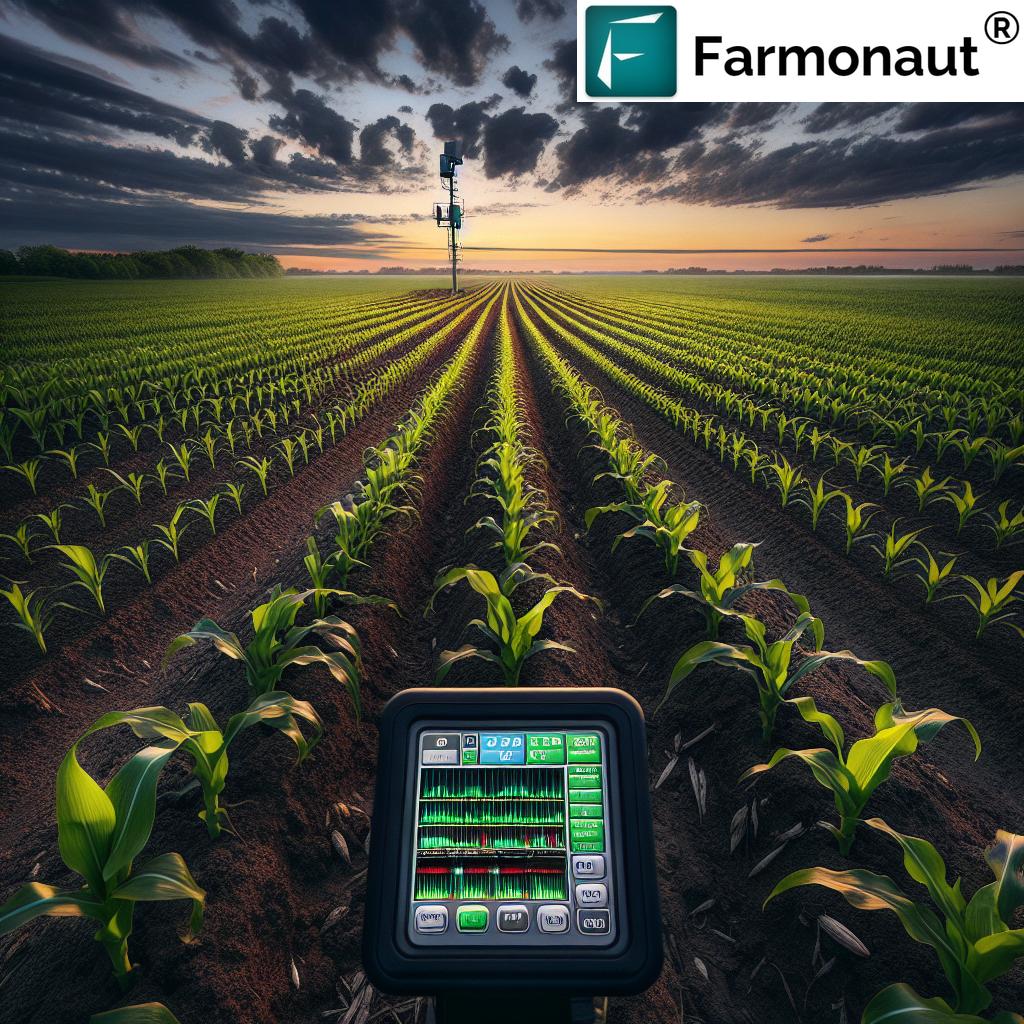
Soybean Strategies: Overcoming Emergence Hurdles
Soybean fields across Ontario are facing significant emergence challenges, with many farmers contemplating the difficult decision of replanting. The primary culprits behind these issues are varied, including:
- Soil crusting in heavy clay soils
- Seed corn maggot damage
- Prolonged cool and wet conditions
To address these concerns, we recommend the following soybean replanting strategies:
- Assess plant stand: Carefully evaluate the existing plant population to determine if replanting is necessary.
- Consider soil conditions: Ensure that soil moisture and temperature are favorable before initiating replanting efforts.
- Adjust seeding rates: Increase seeding rates to compensate for potential emergence issues in replanted areas.
- Choose appropriate varieties: Select shorter-season varieties that can mature within the remaining growing season.
Precision agriculture solutions, such as those offered by Farmonaut, can play a crucial role in optimizing soybean management. By utilizing satellite-based crop health monitoring, farmers can identify problematic areas within their fields with greater accuracy, enabling targeted replanting efforts and more efficient resource allocation.
Corn Growth Stages and Nitrogen Management
Corn fields across Ontario are displaying a wide range of growth stages, from recently emerged to well-established plants. This variability presents unique challenges for nitrogen management, a critical factor in achieving optimal corn yields. To address these challenges, we recommend implementing the following strategies:
- Pre-sidedress Nitrate Test (PSNT): Conduct soil nitrogen testing to determine the appropriate sidedress nitrogen rates.
- Variable Rate Application: Utilize precision agriculture tools to apply nitrogen at variable rates across the field, accounting for spatial variability in soil fertility and crop needs.
- Tissue Testing: Supplement soil tests with plant tissue analysis to fine-tune nutrient management throughout the growing season.
- Weather Monitoring: Stay informed about upcoming weather patterns to optimize the timing of nitrogen applications and minimize potential losses.
Farmonaut’s advanced satellite imagery and AI-driven advisory system can provide valuable insights for corn growers. By analyzing vegetation health indices and soil moisture levels, farmers can make more informed decisions about nitrogen management and optimize their corn production strategies.
Dry Bean Dilemmas: Pest Control and Herbicide Management
Dry bean producers in Ontario are facing a dual challenge this season: combating root rot and addressing herbicide injury concerns. These issues require a multifaceted approach to ensure healthy crop development and optimal yields. Here are our recommended strategies:
- Root Rot Management:
- Implement crop rotation practices to reduce disease pressure
- Consider seed treatments with fungicides effective against root rot pathogens
- Improve field drainage to minimize conditions favorable for disease development
- Herbicide Injury Mitigation:
- Carefully review herbicide labels and follow application guidelines
- Adjust herbicide rates based on soil type and organic matter content
- Monitor weather conditions to avoid applying herbicides during stressful periods
Precision agriculture solutions can play a crucial role in managing these challenges. By leveraging Farmonaut’s satellite-based crop monitoring technology, dry bean producers can identify areas of stress within their fields early on, allowing for targeted interventions and more effective pest and disease management.
Cereal Crop Monitoring: Balancing Promise and Potential Deficiencies
Winter cereal crops in Ontario are showing promising development, but vigilance is required to address potential nutrient deficiencies and optimize yields. Here are key areas of focus for cereal crop monitoring:
- Nitrogen Management: Assess crop nitrogen status and consider late-season applications if necessary.
- Micronutrient Deficiencies: Monitor for signs of deficiencies, particularly in manganese and zinc, which can impact grain quality and yield.
- Disease Scouting: Regularly inspect fields for early signs of fungal diseases, such as powdery mildew or rust.
- Growth Stage Tracking: Time management practices and inputs according to crop growth stages for maximum effectiveness.
Farmonaut’s precision agriculture solutions offer cereal crop producers powerful tools for monitoring and managing their fields. By utilizing satellite imagery and AI-driven analytics, farmers can track crop health, identify potential issues early, and make data-driven decisions to optimize cereal crop production.
“Soybean replanting strategies and corn nitrogen management are key focus areas for Ontario’s precision agriculture solutions in 2023.”
Canola Concerns: Heightened Pest Pressures
Ontario’s canola crops are facing increased pest pressures this season, necessitating a proactive approach to pest management. The primary concerns include:
- Flea beetle infestations
- Swede midge populations
- Potential for cabbage seedpod weevil damage
To address these challenges, we recommend implementing an Integrated Pest Management (IPM) approach:
- Regular Scouting: Conduct frequent field inspections to monitor pest populations and crop damage.
- Threshold-Based Interventions: Apply insecticides only when pest populations reach economic thresholds.
- Cultural Controls: Implement practices such as crop rotation and early planting to reduce pest pressure.
- Biological Controls: Encourage natural predators and consider the use of biopesticides when appropriate.
Precision agriculture tools can significantly enhance canola pest management efforts. Farmonaut’s satellite-based crop monitoring system can help farmers identify areas of stress within their canola fields, potentially indicating pest activity. This allows for targeted scouting and more efficient use of pest control resources.
Forage Focus: Optimizing Quality in Hay Production
As hay harvesting begins across Ontario, the focus shifts to optimizing forage quality. Achieving high-quality forage is crucial for livestock producers and hay exporters alike. Here are key strategies for forage quality optimization:
- Timing of Harvest: Cut hay at the optimal growth stage to balance yield and nutritional quality.
- Moisture Management: Ensure proper moisture content during baling to prevent mold growth and nutrient loss.
- Storage Practices: Implement proper storage techniques to maintain forage quality post-harvest.
- Soil Fertility: Maintain optimal soil nutrient levels to support high-quality forage production.
Precision agriculture solutions can play a vital role in forage production. Farmonaut’s technology can assist farmers in monitoring field conditions, tracking crop growth stages, and optimizing harvest timing. By leveraging satellite imagery and weather data, producers can make more informed decisions to maximize forage quality and yield.
Precision Agriculture: The Future of Ontario Farming
As we navigate the complexities of this growing season, it’s clear that precision agriculture solutions are becoming increasingly vital for Ontario farmers. By embracing these technologies, producers can:
- Optimize resource use and reduce input costs
- Improve crop yields and quality
- Enhance environmental sustainability
- Make data-driven decisions for better farm management
Farmonaut’s suite of precision agriculture tools offers Ontario farmers a comprehensive solution for addressing the challenges outlined in this crop report. From satellite-based crop monitoring to AI-driven advisory systems, these technologies empower farmers to implement targeted interventions and optimize their agricultural practices.
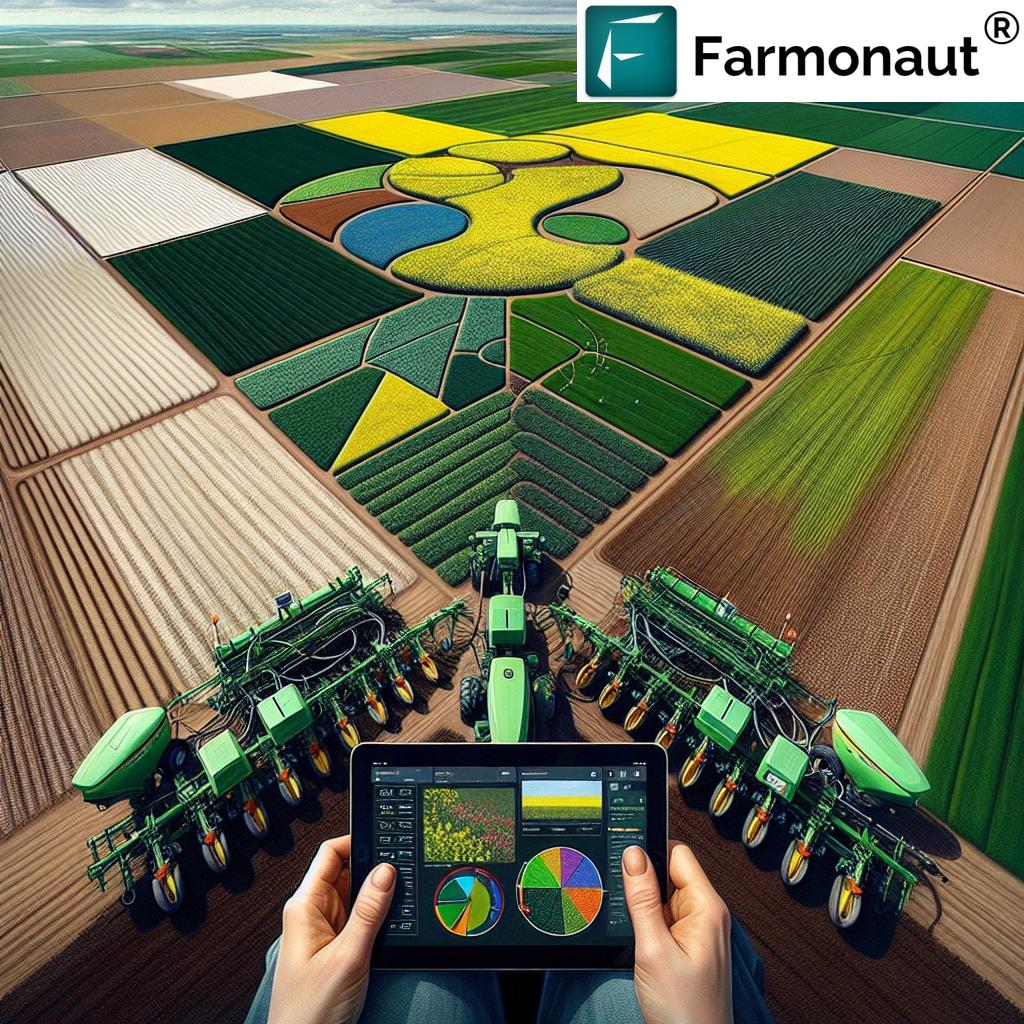
Ontario Crop Management Overview
| Crop Type | Growth Stage | Primary Challenges | Management Strategies | Precision Agriculture Solutions |
|---|---|---|---|---|
| Soybeans | Emergence to early vegetative | Soil crusting, seed corn maggot damage, cool/wet conditions | Assess plant stand, adjust seeding rates, consider replanting | Satellite-based crop health monitoring for targeted replanting |
| Corn | Emergence to early vegetative | Variable growth stages, nitrogen management | Conduct PSNT, implement variable rate nitrogen application | AI-driven advisory for optimized nitrogen management |
| Dry Beans | Early vegetative | Root rot, herbicide injury | Crop rotation, seed treatments, careful herbicide management | Early stress detection through satellite imagery analysis |
| Cereals | Heading to grain fill | Potential nutrient deficiencies, disease pressure | Monitor for deficiencies, scout for diseases, time inputs | Vegetation health indices for nutrient status assessment |
| Canola | Vegetative to early flowering | Increased pest pressures (flea beetles, swede midge) | Implement IPM strategies, regular scouting | Satellite-based stress detection for targeted pest management |
| Forage | Ready for first cut | Optimizing quality during harvest and storage | Time harvest properly, manage moisture, implement proper storage | Growth stage tracking and harvest timing optimization |
Implementing Precision Agriculture: A Step-by-Step Guide
For Ontario farmers looking to integrate precision agriculture solutions into their operations, we recommend the following steps:
- Assess Your Needs: Identify the specific challenges and goals for your farm.
- Choose the Right Tools: Select precision agriculture technologies that address your unique needs.
- Data Collection: Begin gathering field data through satellite imagery, soil testing, and other relevant sources.
- Analysis and Interpretation: Utilize AI-driven tools to analyze collected data and generate actionable insights.
- Implementation: Apply insights to make informed decisions about crop management, resource allocation, and interventions.
- Monitoring and Adjustment: Continuously monitor results and adjust strategies as needed.
By following this approach, Ontario farmers can harness the power of precision agriculture to optimize yields, reduce costs, and improve overall farm productivity.
The Role of Farmonaut in Ontario’s Agricultural Future
As we look to the future of agriculture in Ontario, Farmonaut stands ready to support farmers with cutting-edge precision agriculture solutions. Our comprehensive platform offers:
- Satellite-Based Crop Monitoring: Real-time insights into crop health and field conditions.
- AI-Driven Advisory System: Personalized recommendations for crop management and resource optimization.
- Weather Forecasting: Accurate, field-specific weather predictions to inform decision-making.
- Data Integration: Seamless integration of various data sources for comprehensive farm management.
By leveraging these tools, Ontario farmers can address the challenges highlighted in this crop report and position themselves for success in an increasingly complex agricultural landscape.
Explore Farmonaut’s API for custom integrations
Conclusion: Embracing Innovation for a Sustainable Future
As we conclude this comprehensive analysis of Ontario’s current crop situation, it’s clear that the challenges facing our agricultural community are significant. However, with the right tools and strategies, these challenges also present opportunities for innovation and growth.
By embracing precision agriculture solutions and implementing adaptive management strategies, Ontario farmers can navigate the complexities of this growing season and beyond. From optimizing soybean replanting efforts to fine-tuning nitrogen management in corn, the potential for improvement is vast.
We encourage all Ontario producers to explore the possibilities offered by precision agriculture and to consider how these technologies can be integrated into their operations. With platforms like Farmonaut providing accessible, powerful tools for farm management, the future of Ontario agriculture looks bright indeed.
FAQ: Ontario Crop Management and Precision Agriculture
- Q: What are the main challenges facing Ontario farmers this season?
A: Ontario farmers are dealing with issues such as soybean emergence problems, variable corn growth stages, pest pressures in canola, and the need for optimized forage quality. - Q: How can precision agriculture help address these challenges?
A: Precision agriculture tools like satellite-based crop monitoring and AI-driven advisory systems can help farmers make data-driven decisions, optimize resource use, and implement targeted interventions. - Q: What is the Pre-sidedress Nitrate Test (PSNT), and why is it important?
A: The PSNT is a soil test used to determine appropriate sidedress nitrogen rates for corn. It’s crucial for optimizing nitrogen management and ensuring adequate nutrition for corn crops. - Q: How can farmers optimize forage quality during hay production?
A: Key strategies include timing the harvest correctly, managing moisture content during baling, implementing proper storage practices, and maintaining optimal soil fertility. - Q: What role does Farmonaut play in precision agriculture for Ontario farmers?
A: Farmonaut offers a suite of tools including satellite-based crop monitoring, AI-driven advisory systems, and weather forecasting to help farmers optimize their operations and make informed decisions.
Access Farmonaut’s API Developer Docs for technical integration details





